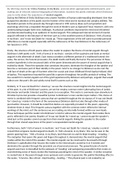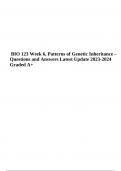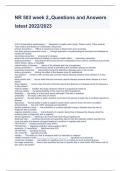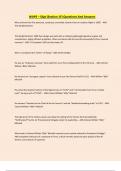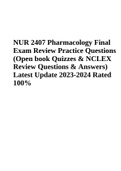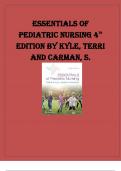Essay
By referring closely to 'I felt a Funeral, in my Brain,' and one other appropriately selected poem, and making use of relevant external biographical information, examine the poetic methods which Dickinson uses to write about the experience of mental
- Vak
- Instelling
Essay comparing and contrasting 'I felt a Funeral, in my Brain' and ‘It was not Death for I stood up,’ on the theme of mental anguish
[Meer zien]
